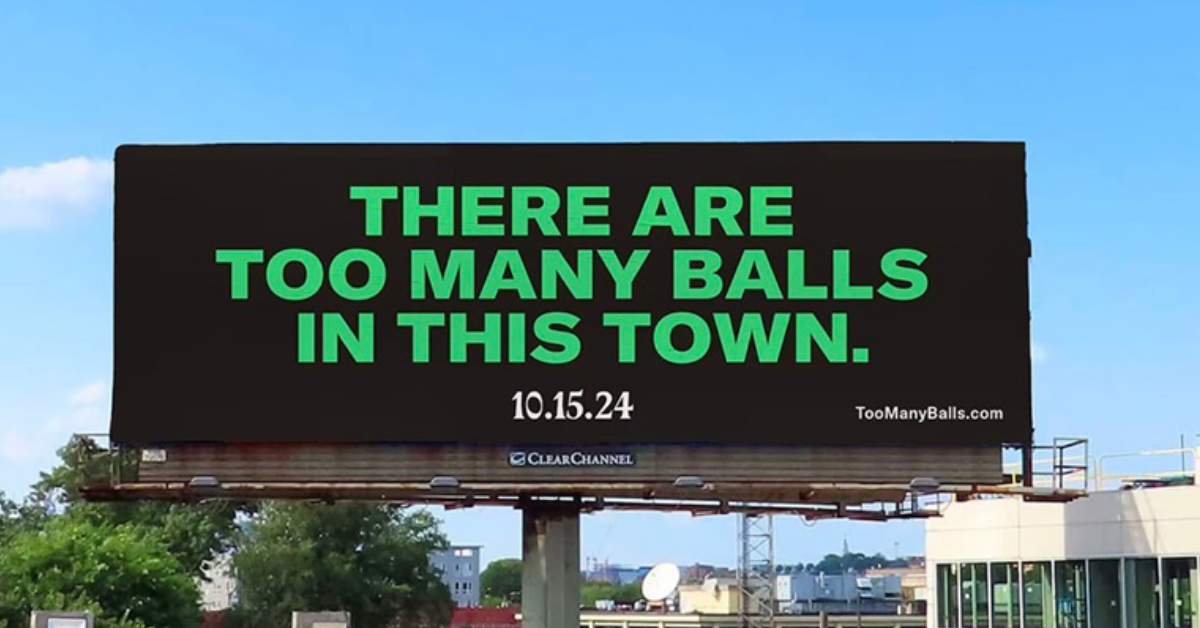It feels like we’ve all learned a little bit more than we already knew about the stock market this past week based on the recent events that landed Robinhood and GameStop atop international headlines. It’s a fascinating case study, on so many levels, from a crowd-sourced industry attack to a platform blocking its users from purchasing stock – and so many things in between. While a valuable lesson in business and economics, there also are so many lessons and insights for marketers. So we asked CTPers what the takeaways for our industry are.
Robinhood’s mission, according to its website, is “…to democratize finance for all. We believe that everyone should have access to the financial markets, so we’ve built Robinhood from the ground up to make investing friendly, approachable, and understandable for newcomers and experts alike.”
Brands that succeed do so not just through mission statements and taglines, but by action and advocacy. Robinhood’s CEO, Vlad Tenev, did the brand no favors in his tour of the news circuit, offering up some lukewarm reasons for the crisis and Robinhood’s actions in response. While their terms of service may indeed give them full right to shut down user access to trading, they still needed to state a solid rationale for doing so if they wanted to avoid the public outcry that resulted. He was fighting against outcry that the brand was pressured into these actions by the big players on Wall Street (which would be anathema to the brand’s mission, and the exact opposite of Robin Hood’s rich/poor ethos).
However, as most people have discovered, it’s pretty likely that the actual reason for shutting down the trades was that Robinhood did not have the cash to clear the trades (in the clearinghouse it so famously built from scratch). Sure, not the kinda thing you love to be putting in a press release. But the evasive language Tenev used ended up making the situation worse. Just look at his interview with Yahoo Finance.
So…a cutting edge tech company that built its brand off of reinventing and democratizing stock trading for the digital generation…. wasn’t prepared for a thing called “social media” and its impact on consumer perception and spending behavior?! What I’m getting at is that Robinhood needs to take stock (no pun intended) of its true customer, how it supports them, and the role the company plays beyond simply moving money around. They need to be an advocate with a real point of view, and they need actions that deliver on the mission. Then they need to put a plan in place to deliver on that, in both the way they market themselves and, more importantly, the deeds that serve as evidence. – Steve Angel, SVP, Director of Strategy
I think it’s an important rebuttal to the false sanctity of the relationship between journalists (financial journalists in this case) and their sense of “objectivity.” What was really laid bare during this entire episode was the fact that some financial news media was directly serving as the institutional investors’ communication department in order to manipulate retail investors to move monies in the way they want them to move. While I think this was obvious to those in the space (much like it is in other niche categories like tech, etc.) – this whole situation really highlighted some traditional media’s “objective” legacy in light of a peer-to-peer social medium. It was an interesting battle of traditional media and social media that I think will continue to reverberate in the financial space. I think Robinhood was largely a victim (although a stupid one that kinda deserved it) of this situation. Robinhood’s issue was 90% liquidity mixed w/ 10% conflicting ownership stakes. – Tyler Jordan, VP, Director of Analytics
To see something as complex and confusing as this take social media by storm and be adopted by meme culture shows you that there is an aspect here that resonates more than the specifics and minutiae. It’s the universal story we’ve seen a million times. It’s the underdog. It’s the Rebels vs the Empire. It’s Robin Hood (the real one, not the app that’s apparently in cahoots with Prince John). You may not know what the hell short selling means, but you know what it means to punch upwards at the elites. And that’s powerful. Connect your brand to a similar universal story or truth, and you got a recipe for STONKS. – Sam Coons, Junior Copywriter
I think GameStop-gate highlights the importance for public corporations to broaden their target audiences, and that they should start making all aspects of their companies – not just products – accessible. We’ve seen IPOs evolve over the last few years (Slack & Spotify’s direct listing and the rise of SPACs). Trading has therefore had to evolve, too. People have been trading on penny stocks for decades, however now, thanks to the internet (and I guess “democratization” of the trading process via apps like Robinhood), individuals are more empowered to take control of their own trading. The retail investments in GameStop, AMC and Nokia all have shown that this audience has been underused for companies and may be a source of wealth (pun not intended, but appreciated) moving forward. This makes what primarily was a B2B function consumer-focused.
This is a trend we’re seeing in the B2B space, as well. A lot of tech companies that traditionally sold to other companies are trying to bring end-users into the fold more often, removing technical jargon from their marketing materials to make themselves – and their products – more approachable. Carissa Ryan, Account Supervisor





